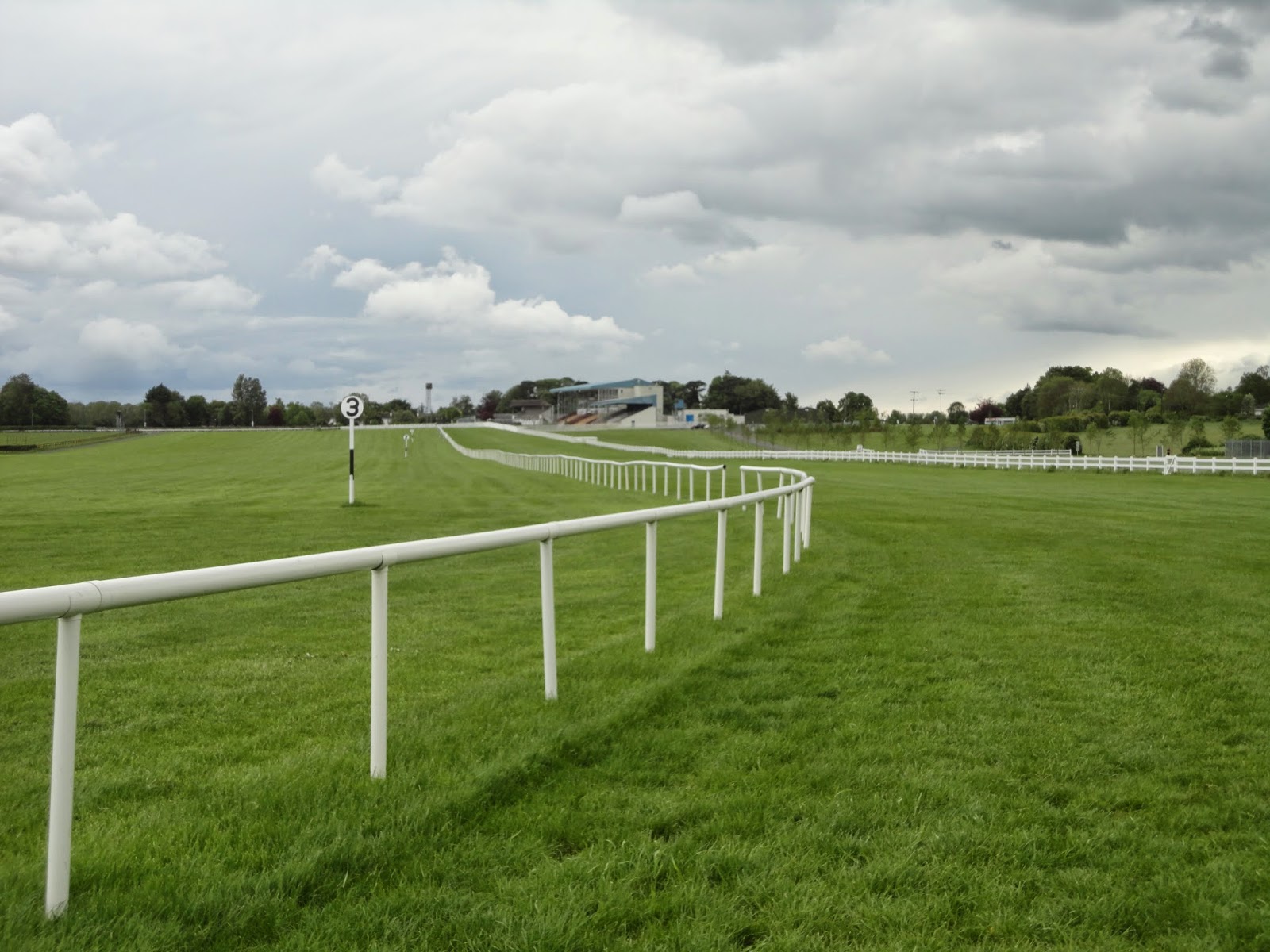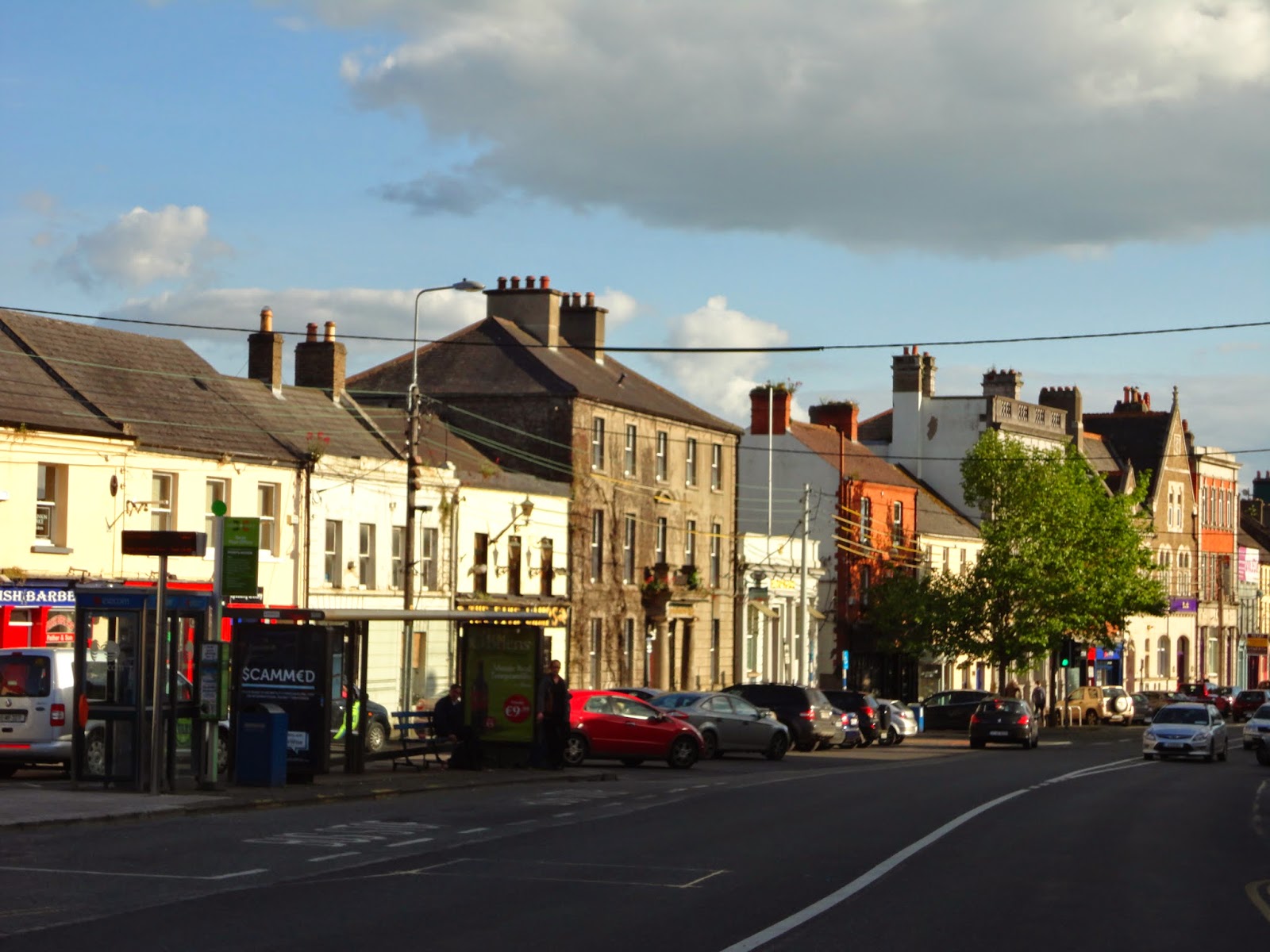When I departed from the states on Tuesday, May 20 I had many questions running through my mind like how would I adapt to the culture, would I like who I working with, will I miss my family, what all is in store for me, who will I shake hands with or meet that will possibly change my professional career or life? As I have already had my fair share of traveling all over Europe getting to see England, France, Germany, Monaco, Italy, Greece, and Turkey before arriving in Ireland, I was confident this trip would treat me well. The flight over was absolutely beautiful as I was chasing the sun. There was not a single moment where there was complete darkness at 35,000 ft, there was always a sliver of sunlight at horizon. Flying over the grass covered hills of Ireland in the morning as the sun rose of the horizon was one of the most breathtaking sights I have ever seen. Before I knew it I had landed in Dublin, made my way through customs, grabbed my bags, and onward I went with the famous Scottish agronomist John Souter. I soon made my way out of Dublin and into the County of Kildare where I would have tea and breakfast with the lads I would be working with this summer. After discussing our plans for the summer, off I went to my accommodations. I would stay at a glorified B&B for the next two weeks in the town of Naas, where I would work along side GM, Tom Ryan of Naas Racecourse.
Over the next two weeks, I would work with GM, Tom Ryan of Naas Racecourse to discuss how they manage their racecourse surface, exchange ideas on their way of doing things, and give my input and knowledge on ways to improve their racecourse surface. Naas Racecourse is definitely in the right hands with the help of credible Scottish agronomist John Souter, and James D'Arcy of D'Arcy Contracts in making steps toward a first class racecourse in Ireland. Irish horse racecourses are much different than United States horse tracks as here they are built on native prairie soil, are 100% turf, and on the natural rolling hills. This comes with many problems such as poor soil drainage and poor physical soil properties, and by all means to correct these issues you need to select the most durable and resiliant turfgrasses, and have sound agronomic practices. The scale of these courses compared the United States is much more vast in that the foreman or groundsman has to maintain anywhere from 100-300 acres of top-notch turfgrass for the four legged, 1200lb athlete that come barreling down at 30mph over the pristine surface you have prepared for race day. After reviewing over multiple soil tests from the European Turfgrass Laboratory based out of Stirling, Scotland, I could make my recommendations on proper divot mixture, sand toprdressing applications, soil cultivation, and pesticide selection. I came up with different spreadsheets that the groundsman can utilize to advance their record keeping system, and evaluations summarizing what I observed and can be changed to help improve the racecourse surface. I also assisted in preparing the racecourse for race day, and even roll the sleeves up and clean some horse stalls.
I want to thank Tom Ryan and his team for allowing me to work along side them to help their racecourse surface and be open to my suggestions for improvements. There is a huge disconnect between the ways we manage turfgrass in the United States and the ways they manage turfgrass here in Europe. I find it absolutely vital that we make the connect with European groundsman to network, and share ideas to build the professionalism and improve the quality of our sports fields, golf courses, and racecourses. There is no better way I feel to discover new ideas about turfgrass management than to network with people from another culture, education system, and way of life than to travel overseas and observe the way things are done here. There are many more things you learn outside of just the classroom, a textbook, or a scholarly article review you've read. The people I have met, and the ideas I have learned over many cups of tea can only help me in my professional career later down the road. I look forward in what the next three weeks bring as I transition to The Curragh Racecourse in the town of Kildare, Co. Kildare. The Curragh Racecourse is considered the best flat racecourse in all of Ireland, and I am excited to hit the ground running with foreman Pat Webb to help prepare the racecourse the for Dubai Duty Free Derby the last week in June. The Curragh Racecourse organization runs a first class operation and I cannot wait to begin there Monday, June 9. Keep an eye out for future blog post as I will try my best to inform you of my work study. If you have any questions on my experiences in Ireland, please feel free to contact me at wilhelma@purdue.edu.
(Overlooking 270 acres of Naas Racecourse from grandstand)
(Entrance into Naas Racecourse from Tipper Rd.)
(Parade Ring at Naas Racecourse)
(Used for almost everything around the racecourse)
(Final 3 furlongs to finishing post)
(8 furlong start)
(First B&B on Blessington Rd.)
(Main St. in Naas, Ireland)
(Church of our Lady and St. David)
(Main St. Naas, Ireland)
(Second B&B on Mill Ln.)













No comments:
Post a Comment